Column Features of Japanese homes and wooden furniture

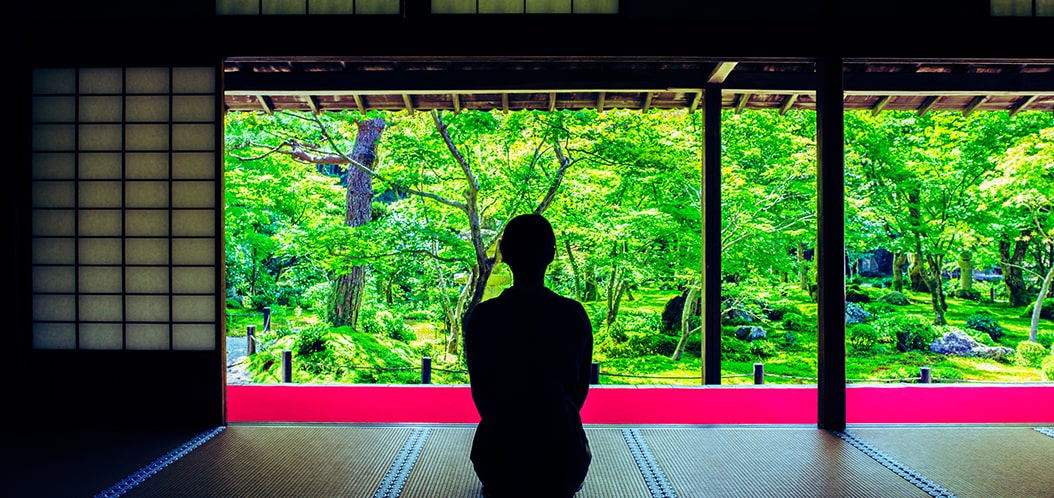
Features of Japanese homes and wooden furniture
In Japan, when entering a house from the outside, people usually take off their shoes at the entrance before stepping any further inside. They do not wear shoes inside the house and live barefoot. This allows them to lie or sit directly on the floor.
As a result, a unique Japanese housing style and furniture have developed, which is different from the housing style of Western culture, where many people wear shoes in the house. This column will briefly introduce the history and splendor of Japanese housing styles and furniture.
Features of Japanese homes
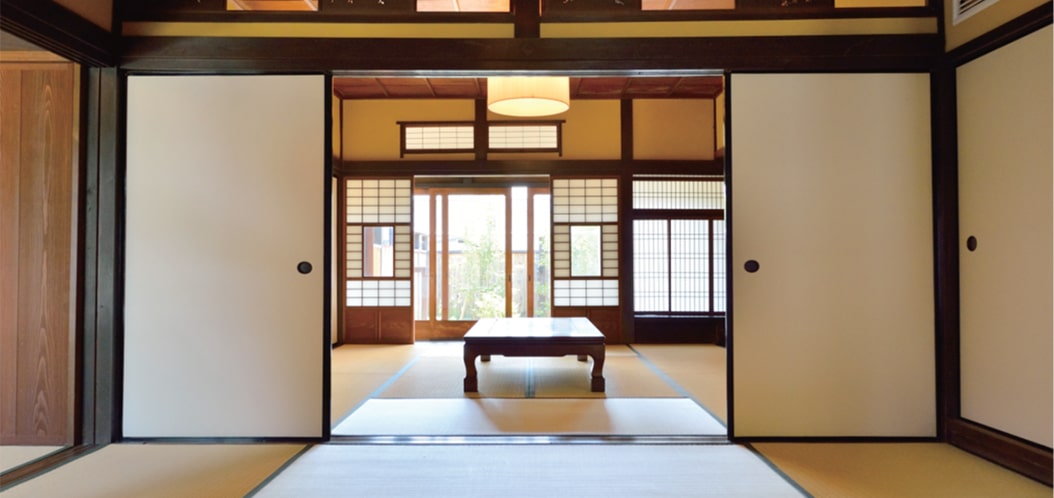
Firstly, “tatami (a type of mat used as a flooring material)” are typically found in most Japanese homes. In Japan, people do not wear shoes while in the house, so they sit on the floor instead of on chairs, and many will sleep on bedding laid directly on the floor instead of on beds.
Naturally, sitting or sleeping on the wooden floor for long periods of time would cause pain in the buttocks and back, so to prevent this, the Japanese used to live on stacks of rugs called “goza” made from woven plant stems.
In the Heian period (794 A.D. - 1185 A.D.), about 1,300 years ago, people began to use tatami mats, which were made by directly covering wooden floors with goza, which was then used as a flooring material. Later, instead of attaching the mats to the floor boards, straw, produced after rice harvesting, was compressed and sewn into a board frame about 5 centimeters thick, and then the mat was attached to the board. This created flooring material with moderate elasticity, high heat retention, indoor humidity control, and air purification.
With the creation of tatami, sitting on the floor for long periods of time became less painful. This led to the creation of familiar furniture seen in Japanese anime and movies, such as tables with low legs (zataku/chabudai), and “kotatsu,” also a low wooden table frame covered by a futon during cold weather, and chairs with backrests (zaisu) so that the user can sit and lean back.
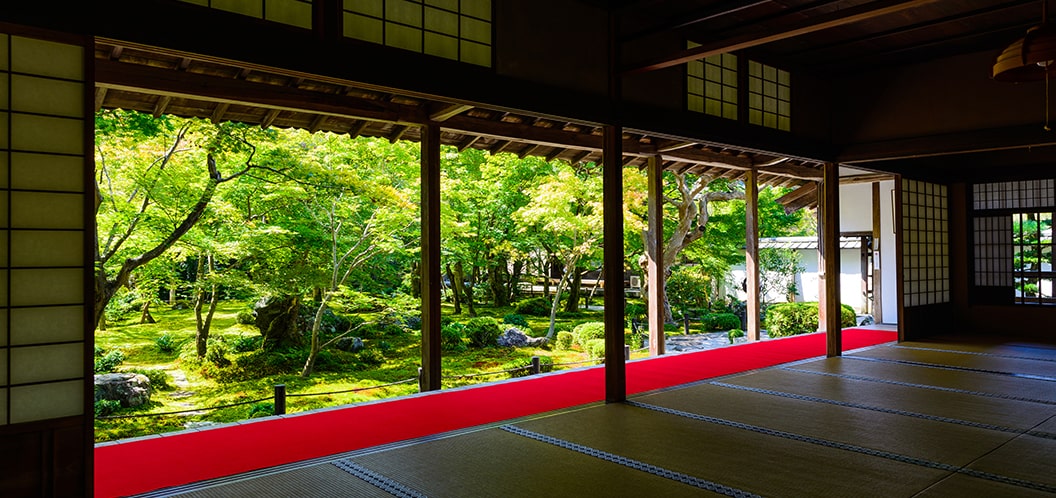
In addition, as Japanese summers are extremely hot and humid, “shoji (sliding outer partition)” and “fusuma (sliding door),” which are light and movable wooden frames covered with paper, was used instead of walls to separate rooms. By opening the shoji and/or fusuma, air flowed through the house, allowing humidity and heat to escape and creating a comfortable environment.
Furthermore, Japanese houses are built of wood. When homes are built of stone or brick, they are piled high to create walls; conversely, houses made of wood are built with pillars, which are connected with beams, making it possible to construct a structure with few walls.
Between the pillars, shoji and fusuma were installed, which could be slid horizontally to be opened and closed easily in place of walls. Entranceways also had sliding doors that slid sideways, similar to shoji and fusuma, instead of doors that swing inward or outward. This ingenious feature allows the outside and inside to be easily connected, providing spaciousness, a structure rarely seen outside of Japan.
Japanese houses are designed in such a way that the outdoors and indoors can be easily connected, and the outside can be seen as soon as a shoji or fusuma are opened.
Therefore, gardens were considered a part of the interior, and gardens with a uniquely Japanese taste and beauty, such as Japanese-style gardens and “Tsubo-niwa (quasi-indoor gardens),” were fashioned. In these gardens, seasonal trees were planted to enjoy the changing of the seasons from indoors.
Features of Japanese furniture
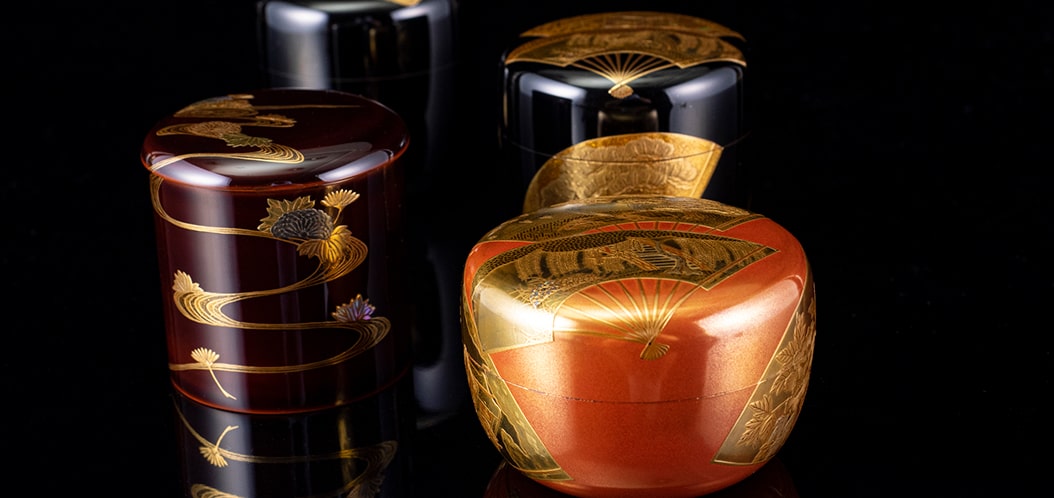
On the other hand, few walls meant that rooms had no closets, storage space, or shelves. Thus, large wooden storage chests with drawers and doors, called “tansu,” were made for storing clothes, particularly tansu made from “Kiri (paulownia wood),” a hardwood that maintains a constant level of humidity inside the chest, preventing damage to the clothes.
In addition, Kiri contains components of paulownin and sesamin, which are said to be resistant to fleas, ticks, and other insects and have excellent antibacterial properties. Moreover, taking advantage of the light and strong characteristics of the wood, many other types of wooden furniture are now made in addition to tansu, such as cupboards for holding dishes and display cabinets.
Additionally, much of the Japanese tableware is made of wood or bamboo. “Owan (bowls),” which hold soup and rice, and “ohashi (chopsticks),” which are used to grasp food, have long been made of these materials.
That said, to increase the strength of tableware, the technique of “urushi (lacquer)” was established, in which the urushi trees (Lacquer Tree) are scored to extract their resin, which is then refined and applied to the tableware to dry.
Urushi is a natural substance that the Japanese people have utilized since ancient times. Urushi-based burial accessories have been found at the Jomon Prehistoric Site in Hokkaido, Japan, dating back approximately 9,000 years. This is said to be the oldest lacquerware in the world.
When dried and hardened after application, urushi is resistant to heat, moisture, acids, alkalis, alcohol, and oil. Even more, it has also been used to strengthen tableware and furniture due to its anti-rot and insect-repellent properties.
Fascinatingly, urushi can also be mixed with dyes to produce a variety of colors, such as glossy red or black, that one can enjoy. Japanese crafts using urushi have been exported worldwide since the Middle Ages (from 1500 A.D. onward) because of the popularity of their high quality and technique.
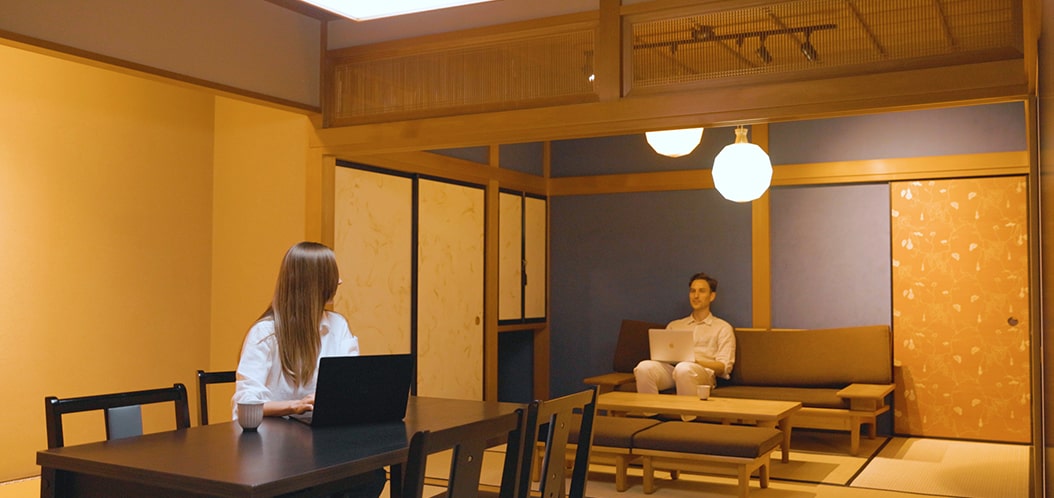
As Japan shifts to a Western lifestyle, the advanced skills involved in creating wooden furniture and tableware intertwine flexibly with Western furniture and tableware not previously used in Japan, such as chairs, sofas, tables, knives, and forks, and they have continued to evolve.
Furniture and tableware made by skilled Japanese artisans who have spent their whole lives perfecting their techniques and have a thorough knowledge of the characteristics of wood are widespread worldwide, along with furniture and tableware from Scandinavia, where people have also successfully incorporated wood into their daily lives.
The natural beauty of Japanese furniture and tableware is a fusion of simple yet traditional styles and modern technology. It is highly recommended that you try this Japanese wooden furniture and tableware to see for yourself the quality of the product.
Column
-

Introduction: Japan’s land and its wood culture
-
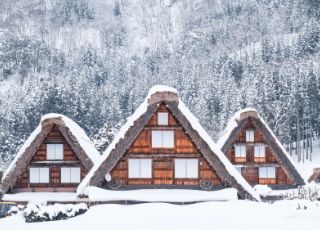
Traditional Japanese wooden homes that can withstand severe climates and earthquakes
-
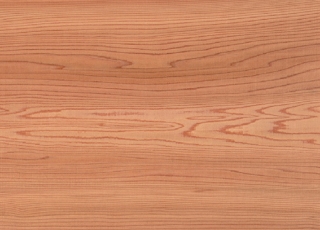
Features of Japanese trees and timber
-

Features of Japanese homes and wooden furniture
-
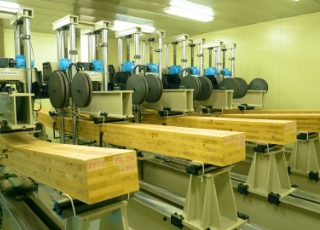
Durability, fire resistance, seismic resistance, and termite-repellent features of Japanese lumber
-
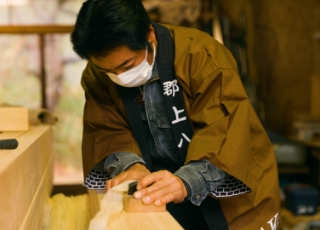
Traditional Japanese woodworking techniques
-
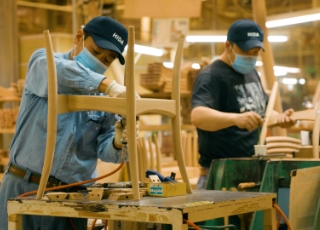
Modern Japanese woodworking techniques

